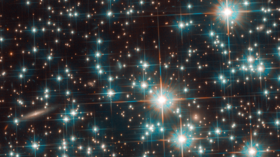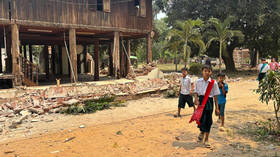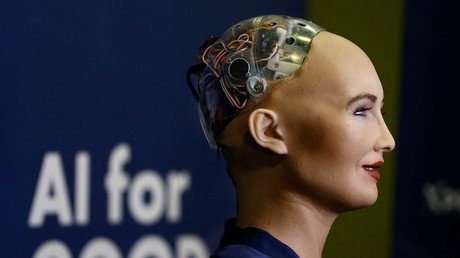‘Living fossil from the early universe’: Hubble spots new galactic neighbor (PHOTO)

Astronomers attempting to measure the age of a ‘globular cluster’ of stars using the Hubble telescope have discovered a very dim and distant galaxy which may prove to be one of the oldest celestial fossils known to mankind.
While analyzing stars in cluster NGC 6752, astronomers using the NASA/ESA Hubble Space Telescope encountered a tiny and faint spherical dwarf galaxy 30 million light-years away which they have nicknamed Bedin 1.
At roughly a thousand times dimmer than the Milky Way, Bedin 1 is one of the most ancient parts of the known universe yet discovered.
Also on rt.com Groundbreaking black-hole study reveals universe growing faster than previously imaginedThe medium-sized, elongated galaxy measures approximately 3,000 light years at its widest, barely 1/30th of the diameter of the Milky Way.
The team were studying the temperature and brightness of stars along the outer fringes of our galaxy when they came across the small, old and dim part of space somewhere in the region of 30 million light-years from the Milky Way, making it the most isolated dwarf galaxy yet discovered.
Because of its 13-billion-year-old age, and its isolation — which resulted in hardly any interaction with other galaxies — this dwarf spheroidal galaxy is the astronomical equivalent of a living fossil from the early universe: https://t.co/VVZ1OzTcBfpic.twitter.com/gBvtTXxcaZ
— Hubble (@NASAHubble) January 31, 2019
Bedin 1 is so old and so distant that it has hardly interacted with any other galaxies meaning it’s essentially “the astronomical equivalent of a living fossil from the early Universe,” according to the Hubble team.
It’s estimated to be roughly 13 billion years old based on the properties of its stars, meaning it is almost as old as the universe itself.
Think your friends would be interested? Share this story!















